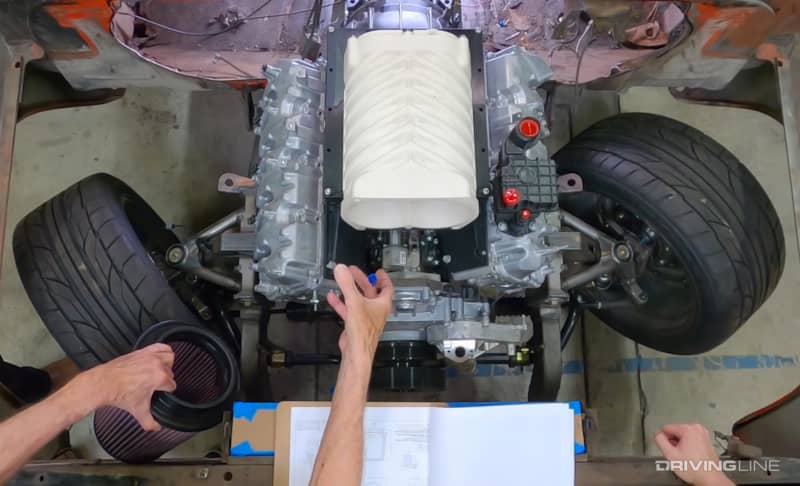How to Bulletproof Any Engine
If you’re spending the time and money to build a performance engine, chances are you’d like to end up with an engine that is both powerful and bulletproof.
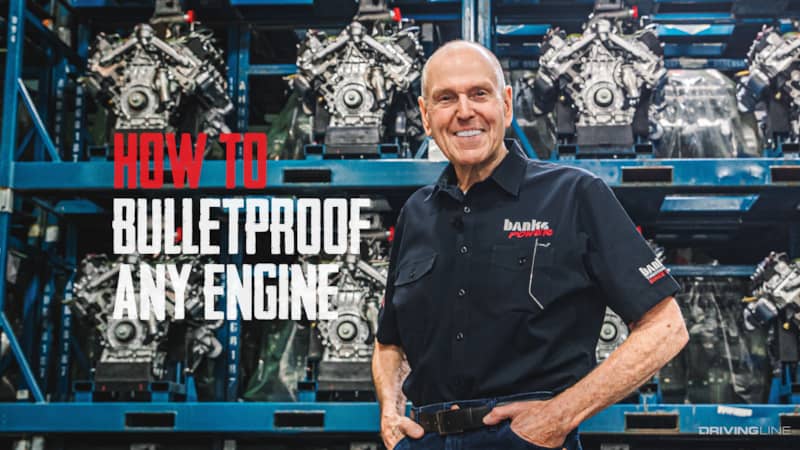
Sure, an engine’s intended purpose is going to alter expectations of what bulletproof means, but we thought we’d get some universal expert advice from the engine master himself, Gale Banks. Not only has he been successfully building bulletproof engines for decades, but BANKS is the go-to engine supplier for the U.S. military. Their engines must withstand NATO standard endurance tests. That’s a 400-hour test, with full power and full torque present 85% of the time. At BANKS they subject engines to the Navy Seals’ double-NATO test, doubling the time to 800-hours. Imagine an engine running at wide-open throttle for 28.5 days—now that’s bulletproof!
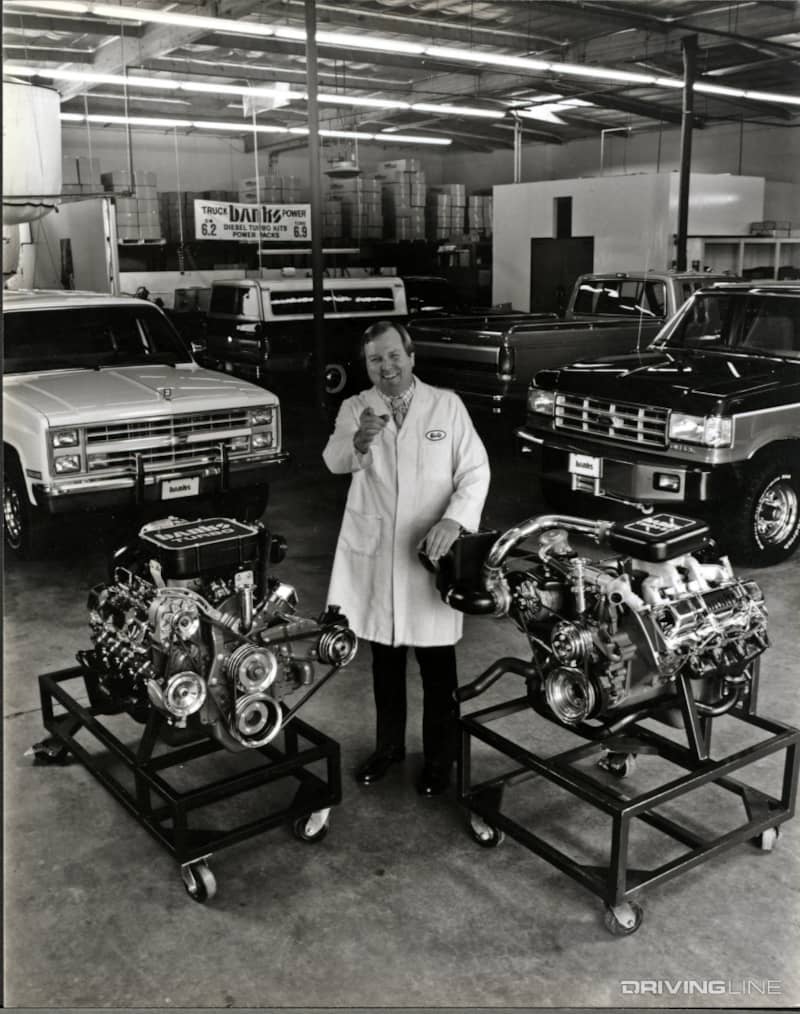
What advice would you give first-time engine builders seeking to build something “bulletproof”?
- Learn what clean is. Learn the proper way to clean the block, the heads, etc. Make sure the water jackets are free of debris. Acetone is great for final cleaning because it doesn't leave a residue. I’ve even used high-quality shaving cream to clean the water jacket! As it expands it takes any debris with it that I missed.
- Also, make sure you’re torquing correctly. When you torque the bolts and studs down, make sure you’ve applied the proper lubricant on them, and make sure the threaded holes have been chased with a bottoming tap so that the threads are clean and proper. After that, use a high-pressure solvent to get any loose material out of the holes. Be meticulous. You are not an engine assembler; you are an engine builder.
- Everything that has a clearance, or a dimension has to be checked.
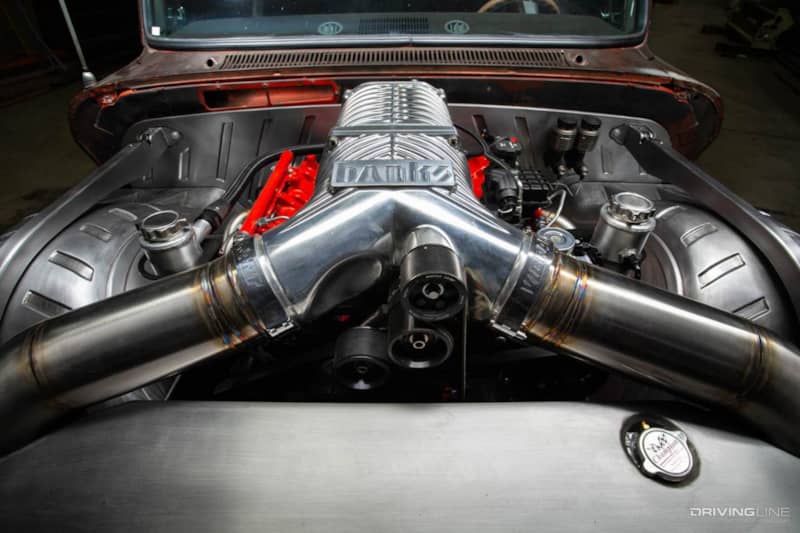
What components should you concentrate on/prioritize?
The starting point for bulletproofing engines at BANKS has always been blueprinting. We would take the engine completely apart, measure all the clearances, properly end-gap the rings, and straighten out the cylinder walls by precision honing. We would go through and make sure the tolerances were all correct for high performance. This way we’re starting with a verified known.
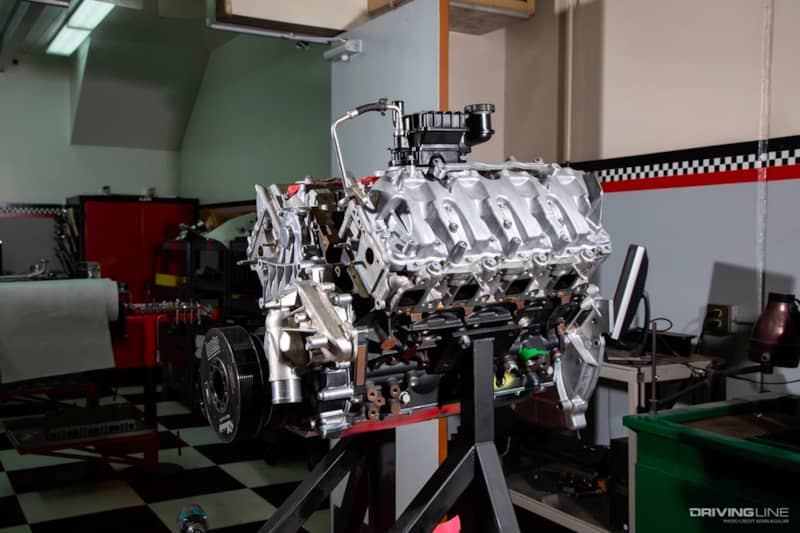
Next, knowing what components to prioritize helps you spend your money wisely. A stock crankshaft will get you a long way, but pistons are something that will most likely need to be changed sooner. Most stock pistons aren’t designed to withstand the higher cylinder pressure you would get with increased horsepower and can’t sustain the heat input of higher RPM applications. For instance, we have ten 2024 Duramax L5P engines on order just for us to screw with—and the first thing I’m going to alter is the pistons.
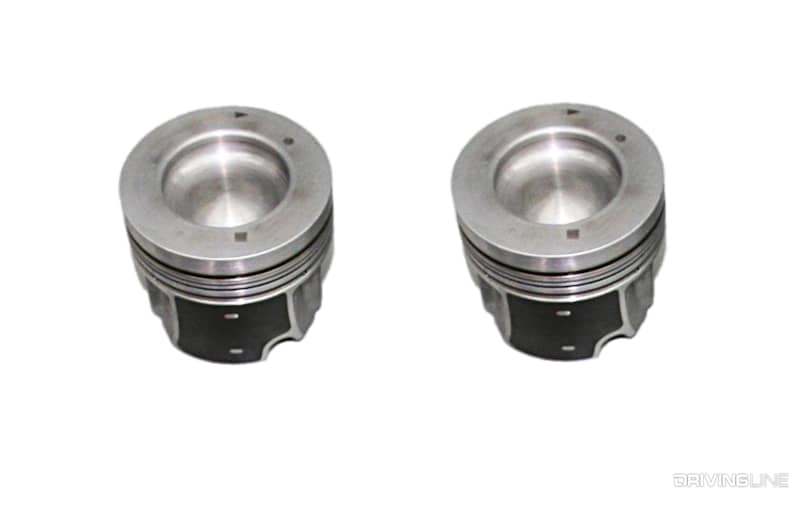
Also, just because some stock components are up to the task doesn't mean they’re ready to go straight from the factory. When Banks was buying big block Chevys to build into marine engines, we would grind the crank down .002 undersize. With the addition of select-fit bearings, we could ensure the bearing crank journals were round, flat (not tapered) and had the proper finish.
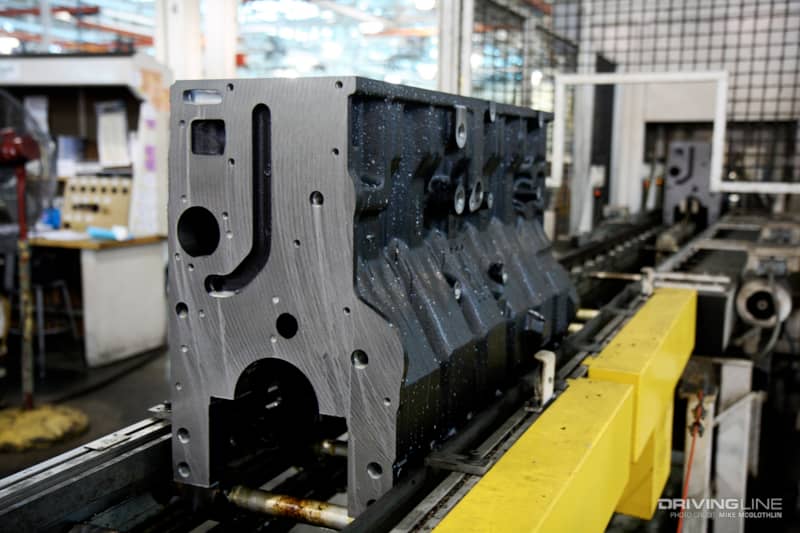
Last, ensure the block is correct, the clearances are correct, and then do a really good precision balance job. Also, a precision valve job on the cylinder heads. With precision machining, clearancing, balancing and careful assembly, those Chevy big blocks left BANKS making 930 horsepower and the only aftermarket internals were the pistons. Those four processes apply to both stock and race engine applications.
What things should you avoid?
I’m going to take guff for this but avoid replacing head studs. For most engine builders, conventional wisdom suggests you need a stronger head stud if you’re planning on making more cylinder pressure in order to impart more clamping load on the head gasket. However, the stock head studs have a certain amount of elasticity. And as the cylinder pressure increases, the head studs stretch and allow the head to lift off the block ever so slightly. But that lift doesn’t create a leak when you’re using modern multi-layer shim (MLS) head gaskets. Because an MLS gasket has what’s called “spring back” which means that as the clamping load on the gasket releases, the head lifts off the gasket and the gasket springs back to follow it—maintaining the seal.
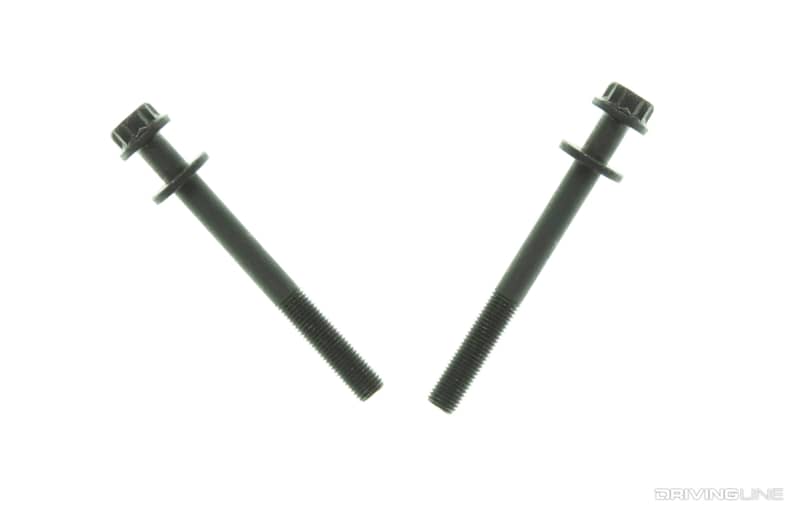
But when you go to oversized head studs with no elasticity, you’re creating an unforgiving system that leads to failure. As cylinder pressure increases, not only have you taken any elasticity out of the system, but the weak point has now moved to the block that you just drilled out and re-tapped. People are cracking blocks, thinking they’ve reached the limit of the stock block, but in reality, they’ve just taken away it's padding.
It’s amazing how far you can go with a stock block if you’re not an idiot.
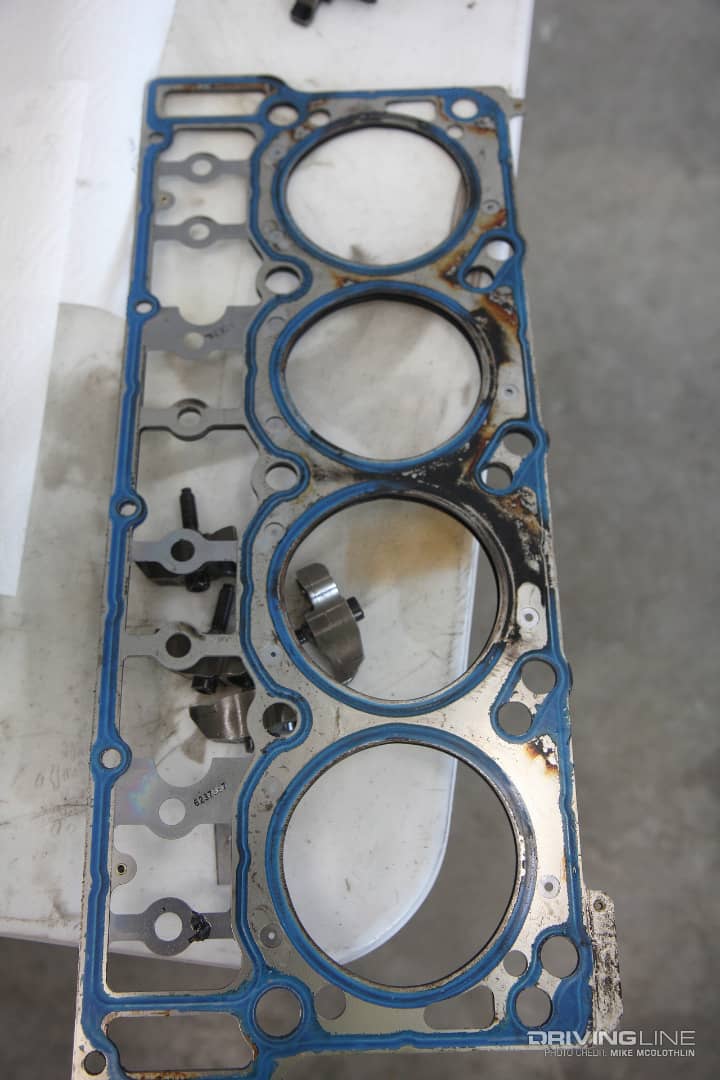
And while we are on the topic of head gaskets, it’s worth noting that adding gasket adhesive does not make a stronger gasket. Gasket sealing surfaces that are designed to seal against iron or aluminum don’t need you to add what is essentially a contaminant to their design. And in the presence of high temperatures, some of those gasket adhesives break down and become a lubricant—which is the opposite of what you’re after. I don’t think there's even any gasket adhesive in my shop!
What are the limits of a bulletproof engine? (money, time, power level, purpose, etc.)
Power is the truly limiting factor of a bulletproof engine. The physical strength of the engine has got to withhold the power you’re aiming to produce. Bulletproofing an engine takes great care and attention, but it pays off in the end. Of course, if you’re not up to the task, you can always call BANKS!
